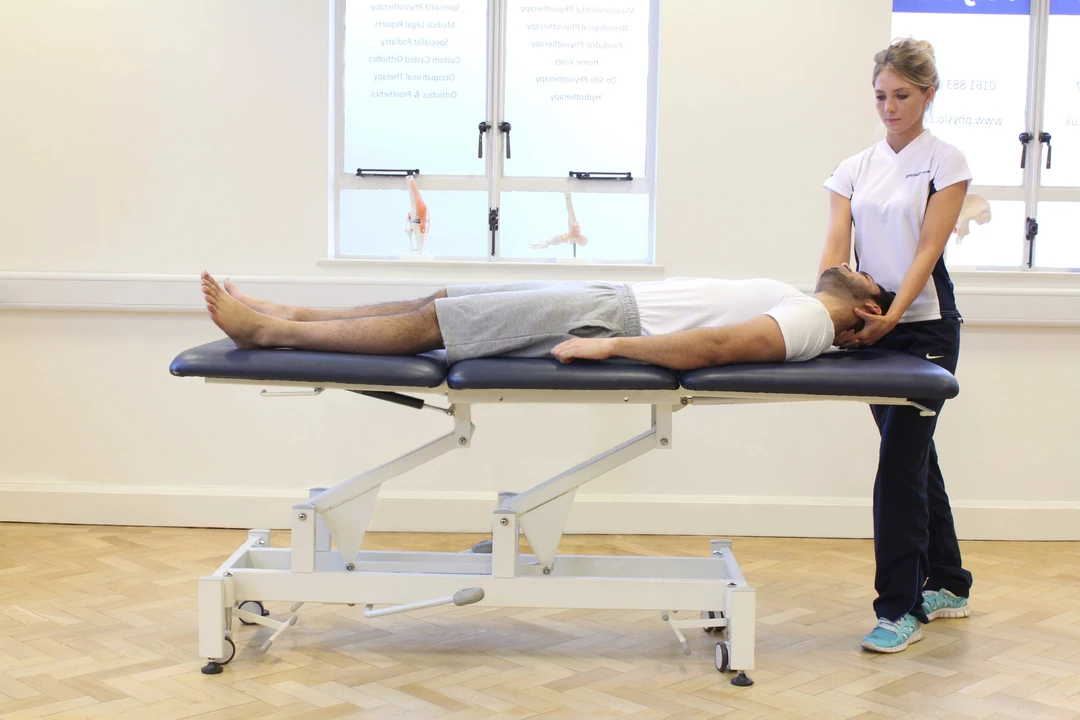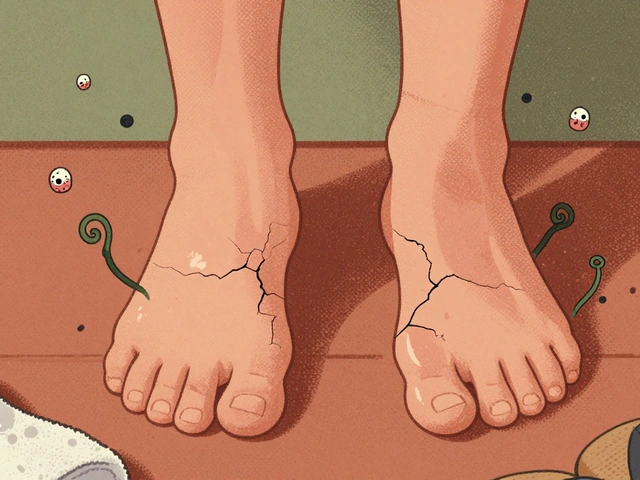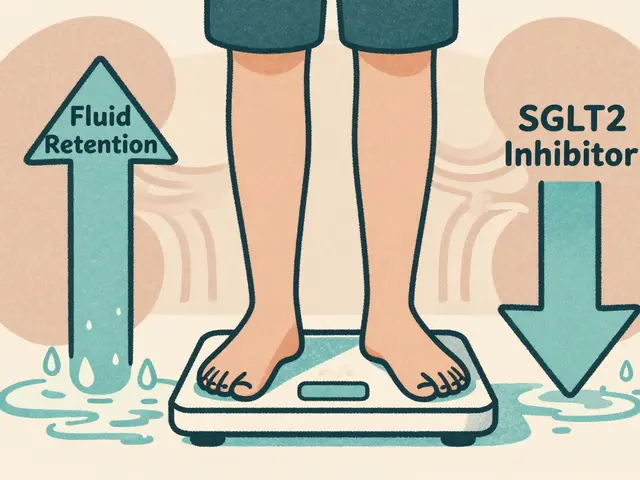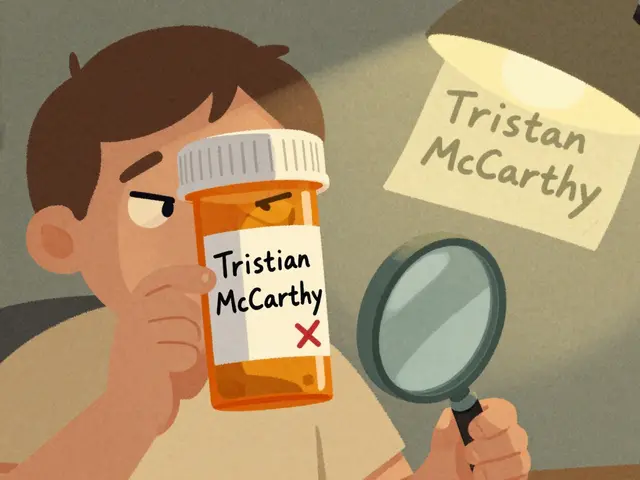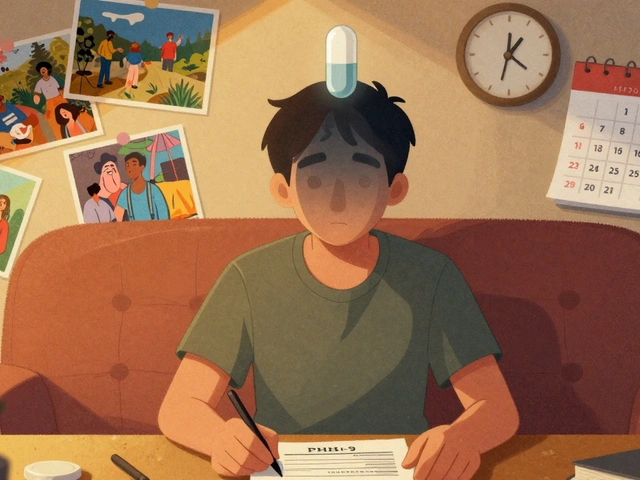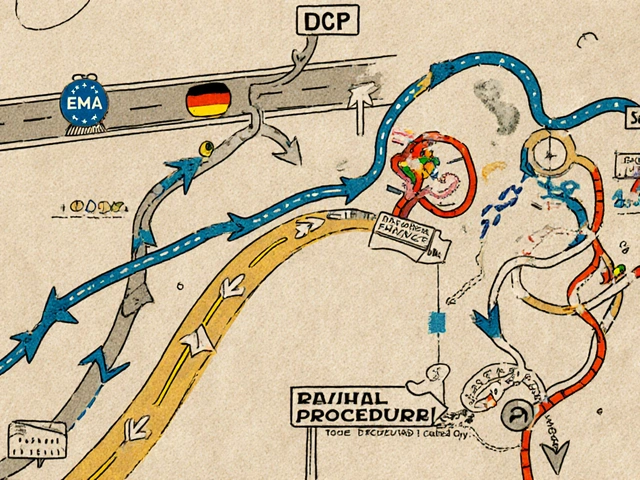Vestibular Rehabilitation: Exercises, Timeline & How to Start
Dizzy or unsteady on your feet? Vestibular rehabilitation is a targeted form of physical therapy that helps your brain re-learn balance and reduce dizziness. It’s not a vague promise — it’s a set of clear exercises and techniques matched to the cause of your symptoms. This short guide tells you who usually benefits, what therapists do, easy home exercises you can try, and when to get urgent help.
Who benefits and how it helps
If your dizziness comes from inner ear problems like BPPV, vestibular neuritis, or Meniere’s disease, rehabilitation often helps. People with concussion-related balance problems or long-term unsteadiness after ear infection also improve. For BPPV, a repositioning maneuver such as the Epley often stops spinning in one or two sessions. For other vestibular issues, therapy focuses on retraining eye-head coordination, reducing motion sensitivity, and improving balance so you feel safer walking, turning, and climbing stairs.
Therapists use tests to pinpoint the problem: eye movement checks, balance tasks, and symptom surveys. They then build a plan that may include canalith repositioning (for BPPV), gaze stabilization, habituation exercises, and strength or balance training. Many people notice less dizziness and fewer falls within weeks, though full recovery can take months depending on cause and severity.
Simple home exercises and safety tips
Try these basic exercises only if a clinician has cleared you. Gaze stabilization (VOR x1): sit or stand, focus on a stationary target, move your head side to side while keeping the target clear for 1–2 minutes. Do 3 times a day. Habituation: repeat a movement or position that triggers mild dizziness (like bending forward) in short sets so your brain gets used to it. Balance practice: stand with feet close together, progress to single-leg stands, or try heel-to-toe walking while holding a chair for safety.
For BPPV, the Epley maneuver often stops spinning — ask a trained therapist or ENT to show you the correct steps. Never force an aggressive maneuver alone if you’re unsure. Use a spouse or friend for support during balance drills and always practice near a chair or wall. Stop any exercise that causes severe nausea, double vision, fainting, or trouble speaking, and contact a clinician right away.
Want to find a provider? Look for a physical therapist with vestibular certification, an ENT who treats balance disorders, or an audiologist with vestibular testing. Ask about experience, typical session length, what home work is required, and how progress is measured. Telehealth can work for follow-ups and guided home programs if travel is hard.
Vestibular rehab is practical, hands-on, and focused on helping you move through daily life without fear of dizziness. If your symptoms came on suddenly with hearing loss, severe headache, weakness, or double vision, go to emergency care. Otherwise, a few sessions with the right therapist plus daily home practice often bring steady, measurable improvement.
